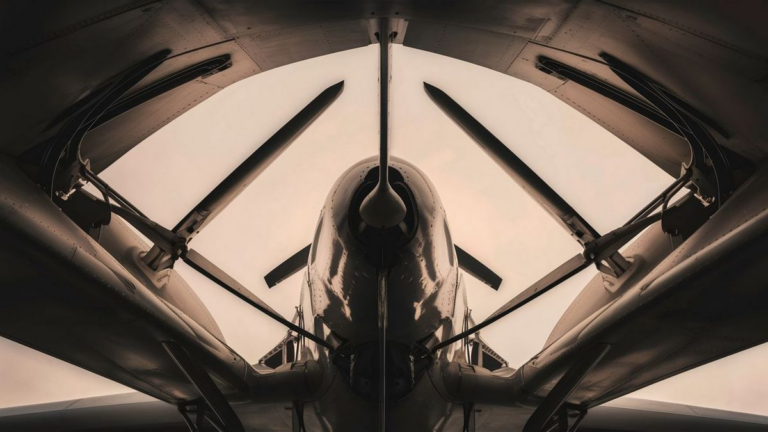Understanding the intricacies of aircraft design is crucial for both aviation enthusiasts and professionals alike. One fundamental component of an aircraft is the horizontal stabilizer, a critical part of its overall stability and control system.
The Purpose of the Horizontal Stabilizer
The horizontal stabilizer, often referred to simply as the tailplane, is located at the tail section of an aircraft. Its primary purpose is to provide stability around the lateral axis, also known as the pitch axis. In simpler terms, it helps to keep the aircraft flying level and maintain a desired pitch attitude during flight.
Design and Functionality
The horizontal stabilizer typically consists of a fixed horizontal surface mounted to the fuselage, with an elevator attached to its trailing edge. The elevator is movable and is controlled by the pilot through the control yoke or stick in the cockpit.
When the elevator is deflected upwards or downwards, it causes a change in the airflow over the horizontal stabilizer. This, in turn, generates a pitching moment that affects the aircraft’s attitude. By adjusting the elevator, the pilot can control the aircraft’s pitch, allowing for ascent, descent, or maintaining level flight.
Types of Horizontal Stabilizers
Horizontal stabilizers come in various configurations depending on the aircraft’s design and intended use. Some common types include:
- Conventional Tail: Consists of a single horizontal stabilizer with an elevator.
- T-Tail: Features the horizontal stabilizer mounted at the top of the vertical tail fin.
- Cruciform Tail: Incorporates both horizontal and vertical stabilizers in a cross-like configuration.
Each type offers advantages and disadvantages in terms of aerodynamic performance, structural integrity, and overall efficiency.
Importance of Balance and Trim
Proper balance and trim of the aircraft are essential for optimal performance and safety. The horizontal stabilizer plays a crucial role in achieving and maintaining this balance. Trim tabs, small adjustable surfaces attached to the trailing edge of the elevator, allow the pilot to fine-tune the aircraft’s longitudinal trim, ensuring that it flies smoothly and efficiently.
In summary, the horizontal stabilizer is a fundamental component of an aircraft’s design, providing stability and control around the pitch axis. Its functionality, along with the elevator, allows pilots to maintain desired pitch attitudes and maneuver the aircraft safely and efficiently.
Effect of Horizontal Stabilizer on Maneuverability
While the primary function of the horizontal stabilizer is to provide stability, it also influences the maneuverability of the aircraft. The design and placement of the stabilizer affect factors such as responsiveness to control inputs and the aircraft’s ability to perform various maneuvers, including climbs, descents, and turns.
Interaction with Vertical Stabilizer
The horizontal stabilizer often works in conjunction with the vertical stabilizer to provide directional stability, especially during yaw movements. This interaction ensures coordinated turns and prevents adverse yaw, where the aircraft tends to yaw in the opposite direction of the intended turn.
Frequently Asked Questions
| Question | Answer |
|---|---|
| 1. What is the role of trim tabs? | Trim tabs help adjust the longitudinal trim of the aircraft, allowing pilots to maintain steady flight conditions with minimal control input. |
| 2. How does the design of the horizontal stabilizer impact aerodynamic performance? | The design influences factors such as drag, lift distribution, and stability characteristics, ultimately affecting the aircraft’s overall efficiency and handling. |
| 3. Can the horizontal stabilizer be adjusted in flight? | Yes, through the movement of the elevator controlled by the pilot, the horizontal stabilizer’s angle of attack can be adjusted to change the aircraft’s pitch attitude. |






